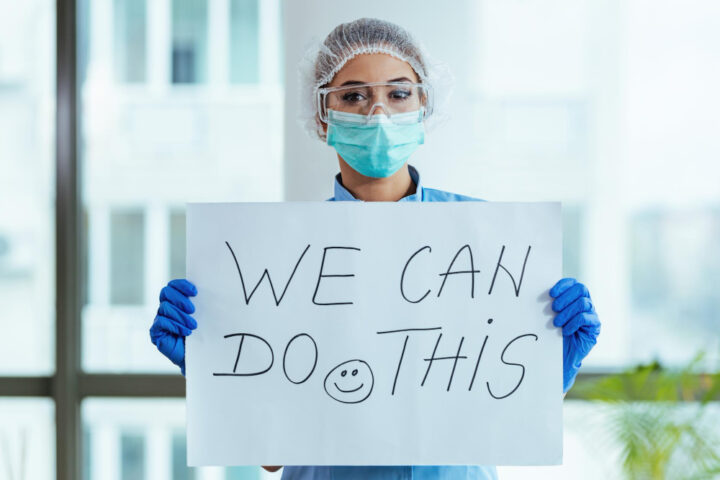Vignettes:
A ward nurse noted an attending physician verbally ordering a medication but forgot to write it in the chart. When the ward nurse called the doctor who is already on her way out of the hospital, the attending berated the nurse for “not reminding” her during the rounds.
A training consultant dismissively ridiculed a resident in training for proposing a procedure he has no experience at all.
A medical professor cleared her busy schedule and sat with a medical student’s research group to listen and critique their proposal. The students prepared well for this research and eventually won a grant and prize for their output.
In all these vignettes, one striking commonality is the relationship between performance and the “state of psychological safety “in their learning or working environments
Definitions:
First introduced by Schein and Bennis in 1960s, psychological safety as coined by Amy Edmonson, “is a shared belief that the team is safe for interpersonal risk-taking”. It allows space for people to speak up and share their ideas without fear of being ridiculed, berated, or discriminated upon.
Studies have shown that psychological safety affects the performance of an individual, team, or organization. Medical errors for example, are reported more frequently in healthcare institutions where psychological safety is encouraged. Yet on the overall, the same psychologically safe healthcare institution tends to have fewer medical errors. Google’s Project Aristotle found out that psychologically safe environment underpins the success of high performing teams. In contrast, fear-based organizations may experience short term success but had catastrophic failures years later. Learning gets stifled when students are summarily berated by teachers for not performing par to standards. We all remembered, and attributed to the “good” mentors, who took time to listen and nurtured us through training, as one major reason for our success.
Fear based leadership and psychological safety
Sadly, our working and learning environments are still mired by psychologically unsafe culture and practices. I’ve come across colleagues who wanted a psychologically safe environment but is unable to break the cycle of fear-based motivation and performance culture. While leaders are ultimately responsible for creating and nurturing a psychologically safe environment, our own individual contributions are also very important. This will be the topic of upcoming #healthXPh tweet chat this coming April 29, 2022, 9-10PM Manila time.
T1. Have you been in a psychologically safe/unsafe working/learning environment?
We all do. Yet, until I mapped the relationship of performance to the “state of psychological safety”, knowing is always from a hindsight. Self-awareness is key but it only dawned on me at a later point in my life. Moreover, psychological safety is a recent phrase, though we all are very familiar with fear-based traditions, culture, and practices. The term also became popular when bullying in work and learning environments was brought front and center. Vulnerable, uncertain, complex, and ambiguous environments like what we had this pandemic also highlighted the need for psychologically safe environment to reduce burnout, promote resilience and innovation.
T2. What was/were the impact of psychologically safe/unsafe working/learning environment on your performance?
I was fortunate to join several organizations in the academe and my professional practice where leaders have had varying degrees of awareness and support for psychologically safe learning and working environment. I felt safe to innovate, raise concerns and learned most (not to mention happy) in psychologically safe working environment. #HealthXPh for example was mainly created as a platform to discuss healthcare issues. We had several successful (or failed) innovations in the past 5 years, but all these couldn’t have happened without ensuring a psychologically safe environment to innovate. In my administrative work, policy output and successful implementation are almost always the province of psychologically safe environment.
T3. How do you promote psychological safety in work/learning environment?
Awareness is key. You must be aware of the prevailing organizational culture and practices of your work and learning environment Next is stopping the vicious cycle of perpetuating fear based organizational leadership. If you have been at the receiving end of a psychologically unsafe environment, make sure you don’t pass it along your colleagues and subordinates. Allow people to raise concerns and issues or create a safe listening platform.
Finally, put an effort to break the cycle particularly if you are the leader or model of a team team. Walk the talk. Easy said than done but this is very crucial in encouraging psychological safety in working and learning environments.
Sketchnote by Tanmay Vora; Psychological safety concepts by Amy Edmondson











